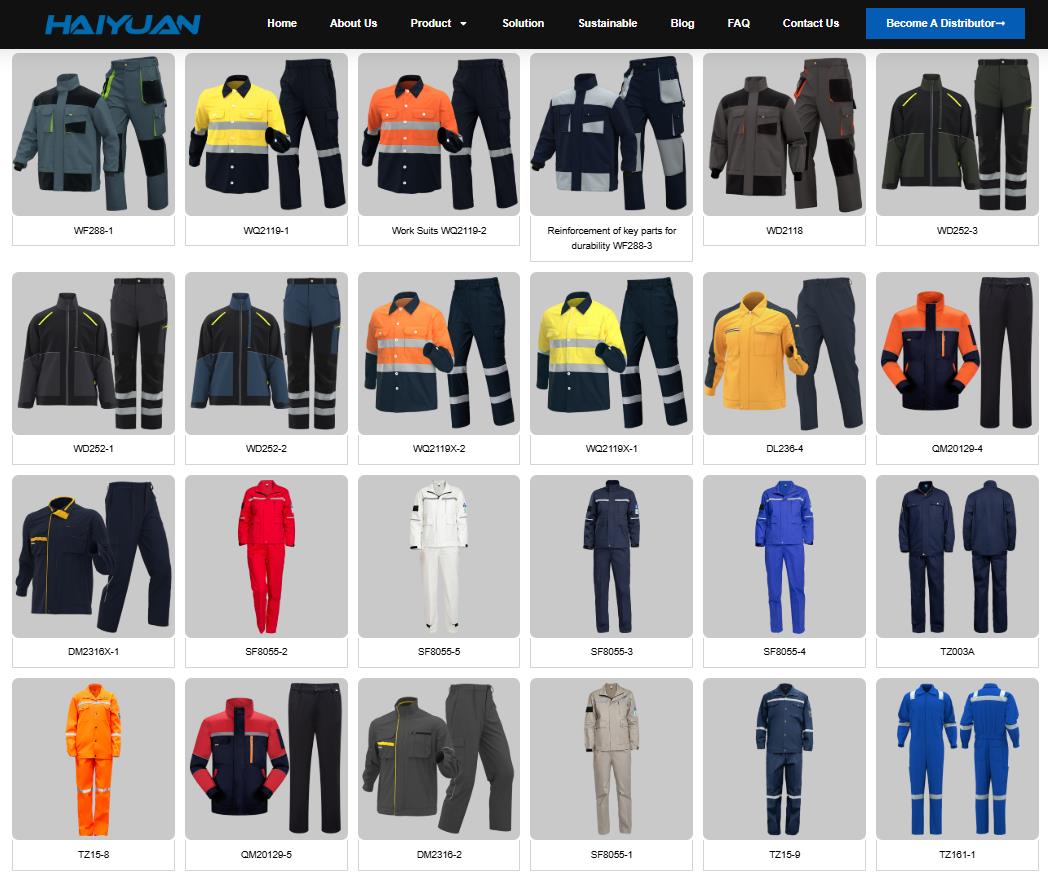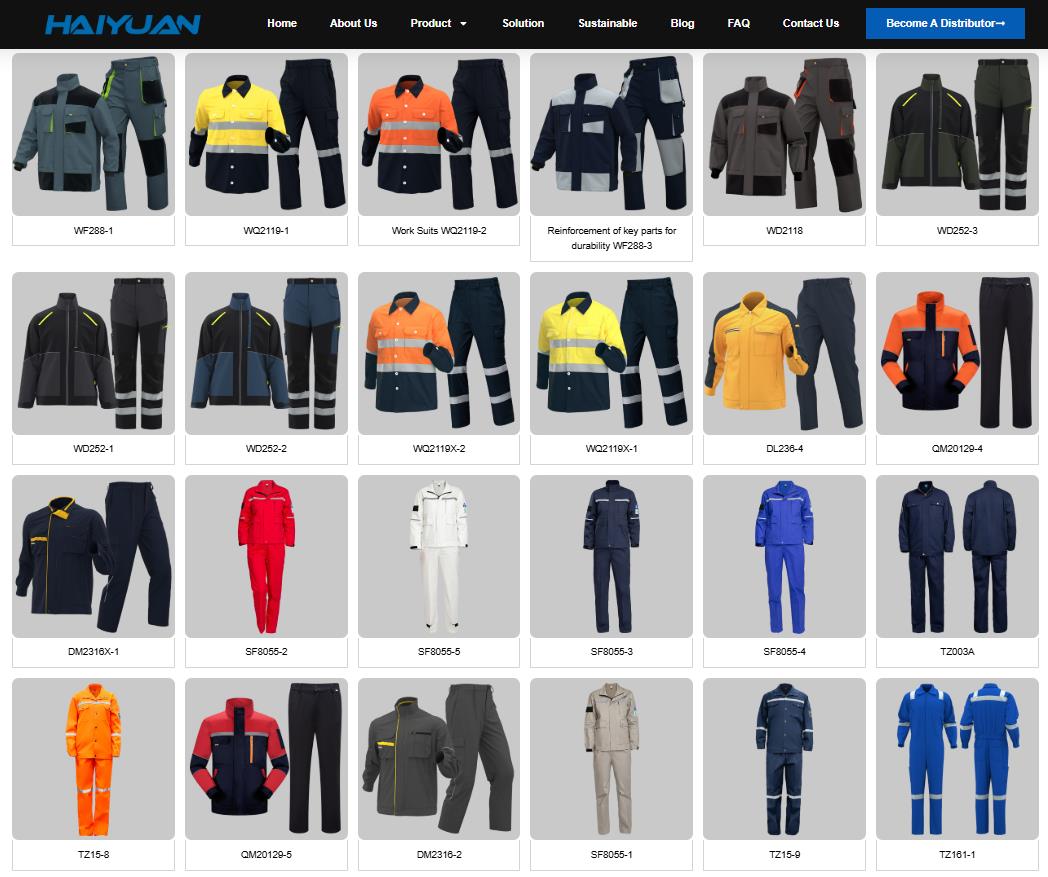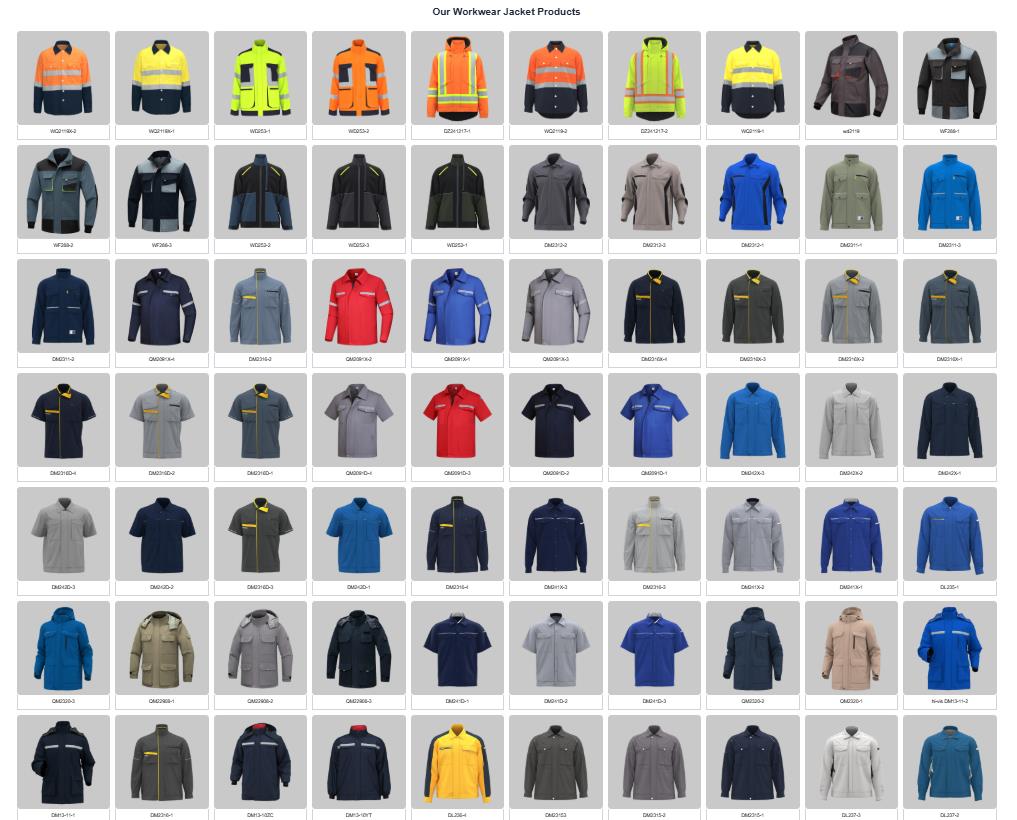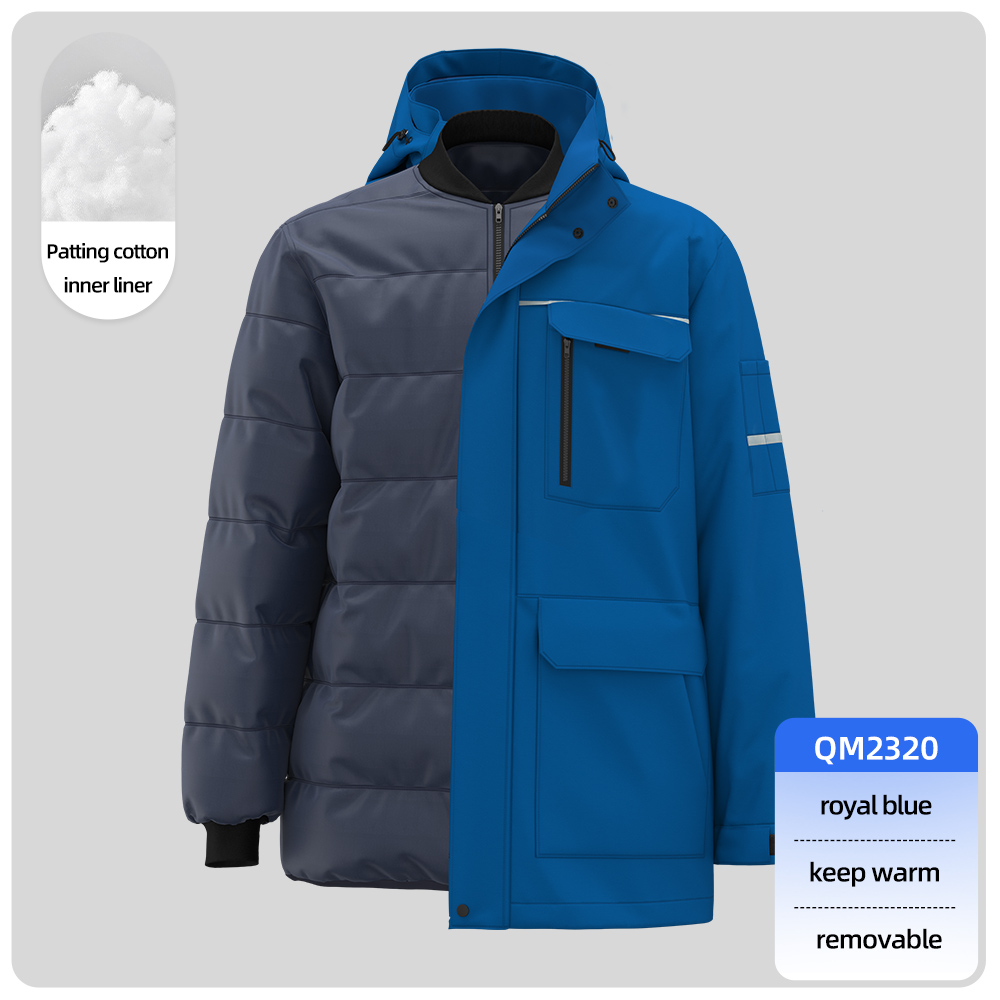Feeling the pinch of uniform costs while wanting a professional, branded look for your Malaysian team? You’re not alone. Many savvy Malaysian businesses, from bustling restaurants in KL and Penang to growing factories in Johor and service providers across the nation, are discovering the significant advantages of importing custom logo work uniforms directly from China. This strategic move unlocks access to vast manufacturing capabilities, competitive pricing, and incredible customization options, allowing you to outfit your staff smartly without straining your budget. However, navigating international sourcing requires careful planning. This comprehensive guide will walk you, the Malaysian importer, through every critical step – from finding reliable suppliers and ensuring quality to mastering logistics and clearing Malaysian customs – empowering you to source high-quality, branded uniforms efficiently and cost-effectively from China.
The Step-by-Step Process:
-
Define Your Requirements Precisely:
-
Garment Type & Quantity: Specify exactly what you need (polo shirts, cleaning uniforms, safety jackets, trousers, coveralls, etc.) and your required quantity. Be realistic about Minimum Order Quantities (MOQs).
-
Design & Branding: Have clear, print-ready logo artwork (vector files preferred). Decide on placement (chest, back, sleeve), size, and embroidery/printing method (screen print, digital print, embroidery – consider durability and cost).
-
Materials & Quality: Specify fabric types (cotton, polyester, blends), weights, colors (provide Pantone codes if critical), and essential quality standards (stitching, durability, colorfastness). Consider functionality (breathability, stain resistance, safety certifications if needed).
-
Sizing: Provide a detailed size breakdown chart. Understand Asian sizing might differ slightly; request size charts from potential suppliers.》》》Coverall Size Chart Ultimate Guide?
-
-
Finding Reliable Chinese Suppliers:
-
Major B2B Platforms: Utilize Alibaba.com, Made-in-China.com, and Global Sources. Filter for “Uniforms,” “Workwear,” or “Corporate Clothing” manufacturers with strong Trade Assurance. Look for “Gold Suppliers” or verified members.
-
Specialized Sourcing Agents: Consider reputable agents based in China or Malaysia with specific apparel sourcing expertise. They handle communication, QC, and logistics but add a fee.
-
Trade Shows (Optional but Valuable): Attend relevant shows like Canton Fair (Guangzhou) or specific textile/apparel expos in China to meet suppliers face-to-face.
-
Vetting is Crucial:
-
Check company profile, years in business, factory certifications (ISO, BSCI if applicable).
-
Analyze product listings, photos, and MOQs carefully.
-
Read Reviews: Pay close attention to feedback on quality, communication, and reliability.
-
Request References: Ask for contact details of past clients, especially other international buyers.
-
Communication: Test responsiveness and clarity. Ensure they have English-speaking staff or agents.
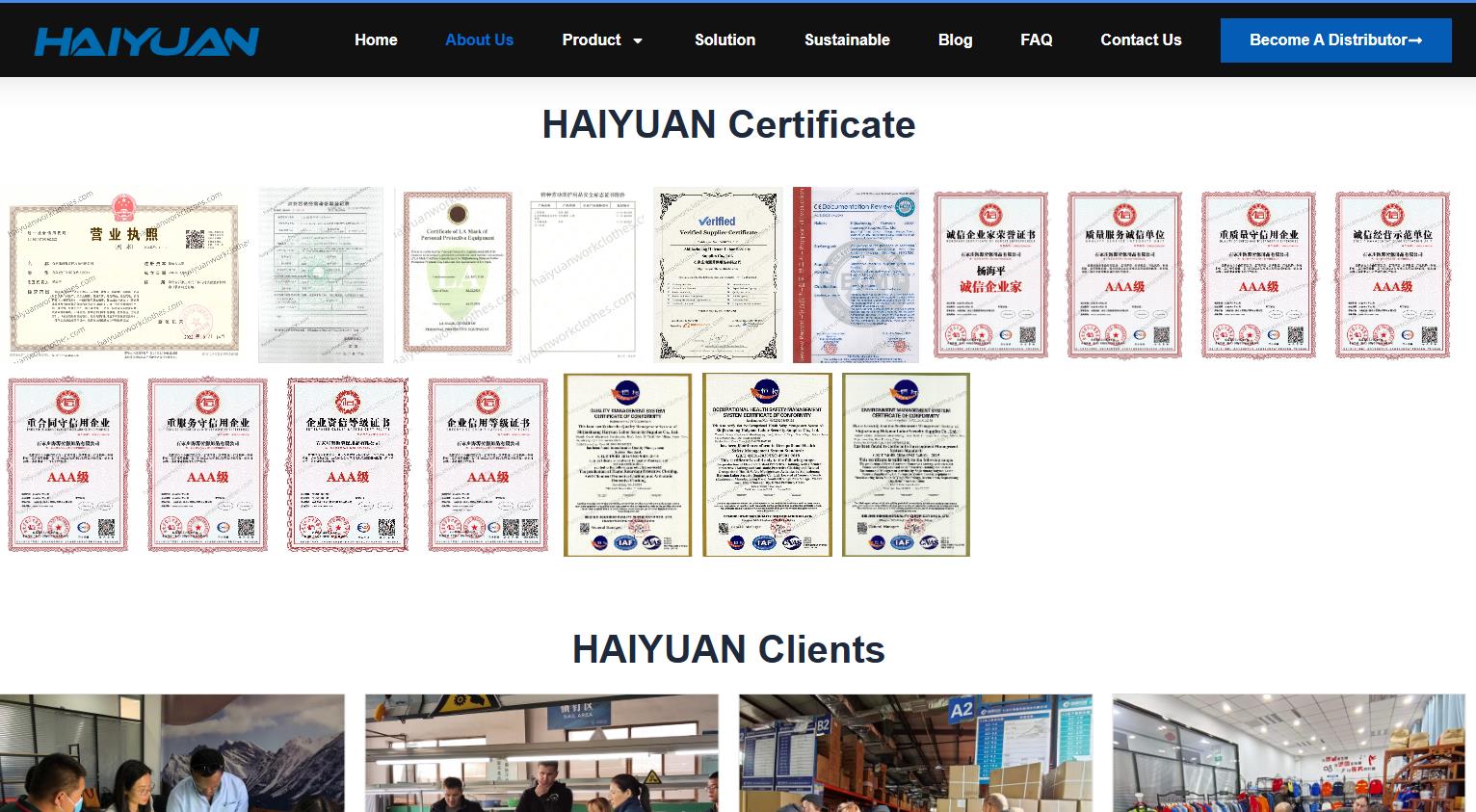
haiyuan certificate
-
-
-
Requesting Quotes & Samples:
-
RFQ (Request for Quotation): Send a detailed RFQ outlining all requirements from Step 1. Include logo artwork files.
-
Compare Quotes: Get quotes from 3-5 shortlisted suppliers. Compare unit prices, MOQs, sample costs, production lead times, and shipping terms (FOB, EXW, CIF – see Logistics below).
-
Order Samples (Non-Negotiable!): Pay for production samples before placing a bulk order. This is your only chance to verify:》》》》Contact us for samples
-
Fabric quality, feel, and color accuracy.
-
Logo printing/embroidery quality, placement, and durability (wash test the sample!).
-
Stitching and overall construction.
-
Accuracy of sizing based on their chart.
-
-
Provide Sample Feedback: Be meticulous. Request revisions if needed. Only proceed once samples meet your full approval.
-
-
Negotiation & Placing the Order:
-
Negotiate: Discuss final pricing based on the approved sample, payment terms, and delivery schedule. Be reasonable but firm.
-
Finalize the Purchase Order (PO): Issue a clear, detailed PO listing every specification agreed upon (fabric, colors, sizes, logo details, packaging, quantities, price, delivery terms, INCOTERMS).
-
Formal Contract: For larger orders, consider a formal contract outlining terms, quality standards, penalties for delays/non-compliance, and dispute resolution.
-
-
Securing Payment:
-
Safe Methods: Prioritize secure payment channels:
-
Alibaba Trade Assurance: Offers payment protection linked to order milestones.
-
Letter of Credit (L/C): Secure but more complex and costly; suitable for large orders or new suppliers.
-
Escrow Services: Provides a secure third-party holding service.
-
-
Avoid Large Upfront Payments: Stagger payments (e.g., 30% deposit, 70% before shipment or upon BL copy). Never pay 100% upfront.
-
-
Production & Quality Control (QC):
-
Pre-Production Sample (Optional but Recommended): Confirm critical details before mass production starts.
-
During Production Check (DUPRO): If feasible (especially for large orders), hire a third-party QC inspector to visit the factory mid-production to check materials, processes, and early output.
-
Final Random Inspection (FRI): Essential! Hire an independent QC company (like SGS, Bureau Veritas, or local specialists) to inspect a random sample of the finished goods before shipment. They check against your PO specs and approved sample for quantity, workmanship, size, labeling, packaging, and function. Only approve shipment if the FRI report passes.
-
-
Logistics & Shipping:
-
Understand INCOTERMS: Agree clearly with the supplier who handles what (e.g., FOB Shanghai – supplier gets goods to port, you handle sea freight and import; EXW Factory – you handle everything from factory gate).
-
Freight Forwarder: Engage a reliable freight forwarder experienced in China-Malaysia shipments (sea freight is most common for uniforms; air for urgent/small batches). They handle booking, documentation, customs clearance in Malaysia, and final delivery.
-
Shipping Documentation: Ensure supplier provides ALL required docs accurately: Commercial Invoice, Packing List, Bill of Lading (B/L) or Air Waybill (AWB), and Certificate of Origin (COO – often Form E for ASEAN-China FTA tariff benefits).
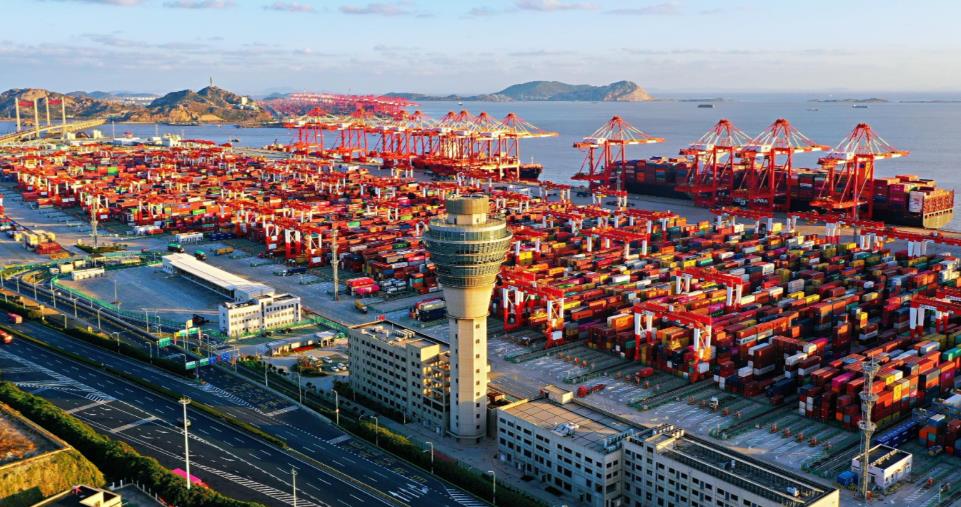
shanghai port
-
-
Clearing Malaysian Customs:
-
Import Declaration: Your freight forwarder or customs broker will submit the Customs Form No. 1 (K1) electronically via the Royal Malaysian Customs Department’s (RMCD) system.
-
Required Documents: Provide your forwarder/broker with:
-
Final Commercial Invoice & Packing List
-
Bill of Lading/Air Waybill
-
Certificate of Origin (Form E if applicable)
-
Your company’s registration details (SSM)
-
Any permits/licenses (generally not needed for standard uniforms, but confirm)
-
-
Duties & Taxes:
-
Import Duty: Based on the CIF (Cost, Insurance, Freight) value and the HS Code for the garments. Rates vary; check the Malaysian Customs Tariff.
-
Sales Tax (SST): Currently 10% SST applies to imported goods (based on CIF value + Import Duty).
-
Form E Benefit: If applicable (proving Chinese origin), Import Duty may be reduced or eliminated under the ASEAN-China Free Trade Agreement (ACFTA). Your broker will claim this.
-
-
Customs Clearance: Your broker handles the process, paying duties/taxes on your behalf (usually reimbursed later). Customs may inspect the shipment.
-
-
Receiving Goods & Final Steps:
-
Warehouse Delivery: Goods are delivered to your designated warehouse or location.
-
Final Check: Do a quick internal check against the packing list upon receipt. Report any shipping damage immediately to the forwarder/insurer.
-
Distribution: Distribute your new, professionally branded uniforms to your team!
-
Key Considerations for Malaysian Importers:
-
Lead Times: Factor in production time (4-8+ weeks) + sea shipping (2-3 weeks from China to West Malaysia) + customs clearance (3-5+ days). Plan well ahead!
-
Communication: Overcome language barriers with clear, simple English, visuals, and patience. Confirm understandings in writing.
-
Quality is Paramount: Never skip sampling and professional inspections. Saving on QC risks costly disasters.
-
Regulations: Ensure uniforms meet any relevant Malaysian safety or industry standards (e.g., flame resistance if required).
-
Build Relationships: Finding a good supplier is gold. Nurture the relationship for smoother future orders.
-
Freight Forwarder Partnership: A competent forwarder/broker is invaluable for navigating Malaysian customs smoothly.
Conclusion:
Importing custom logo work uniforms from China offers Malaysian companies a powerful way to enhance their brand image and manage costs effectively. While the process involves careful navigation, the rewards in quality, customization, and savings are substantial. By meticulously following the steps outlined – defining needs, vetting suppliers, prioritizing quality control (especially sampling and inspections), understanding logistics and INCOTERMS, and partnering with a good freight forwarder for Malaysian customs clearance – you can transform this international sourcing venture into a streamlined and successful core part of your operations. Start planning your next uniform order with confidence!
Useful links:

